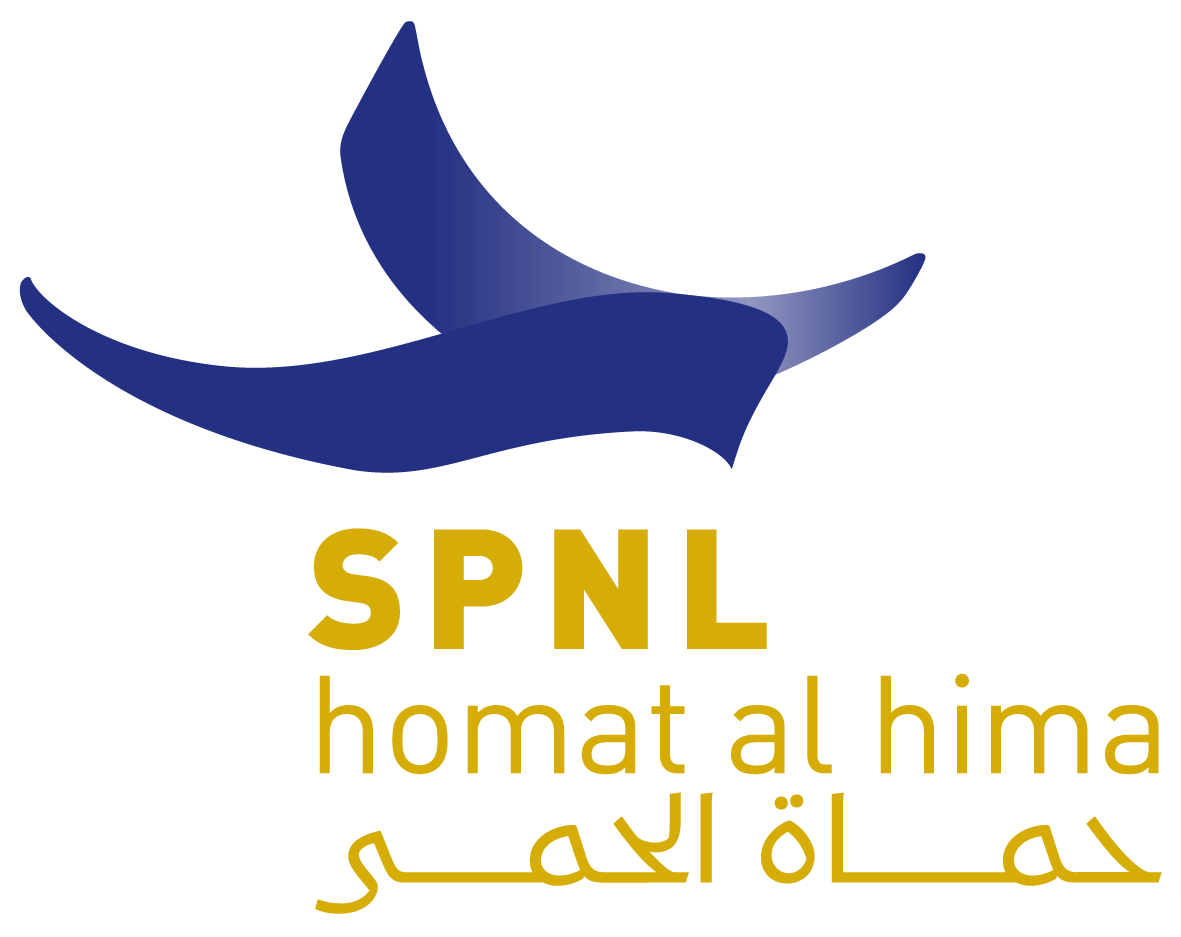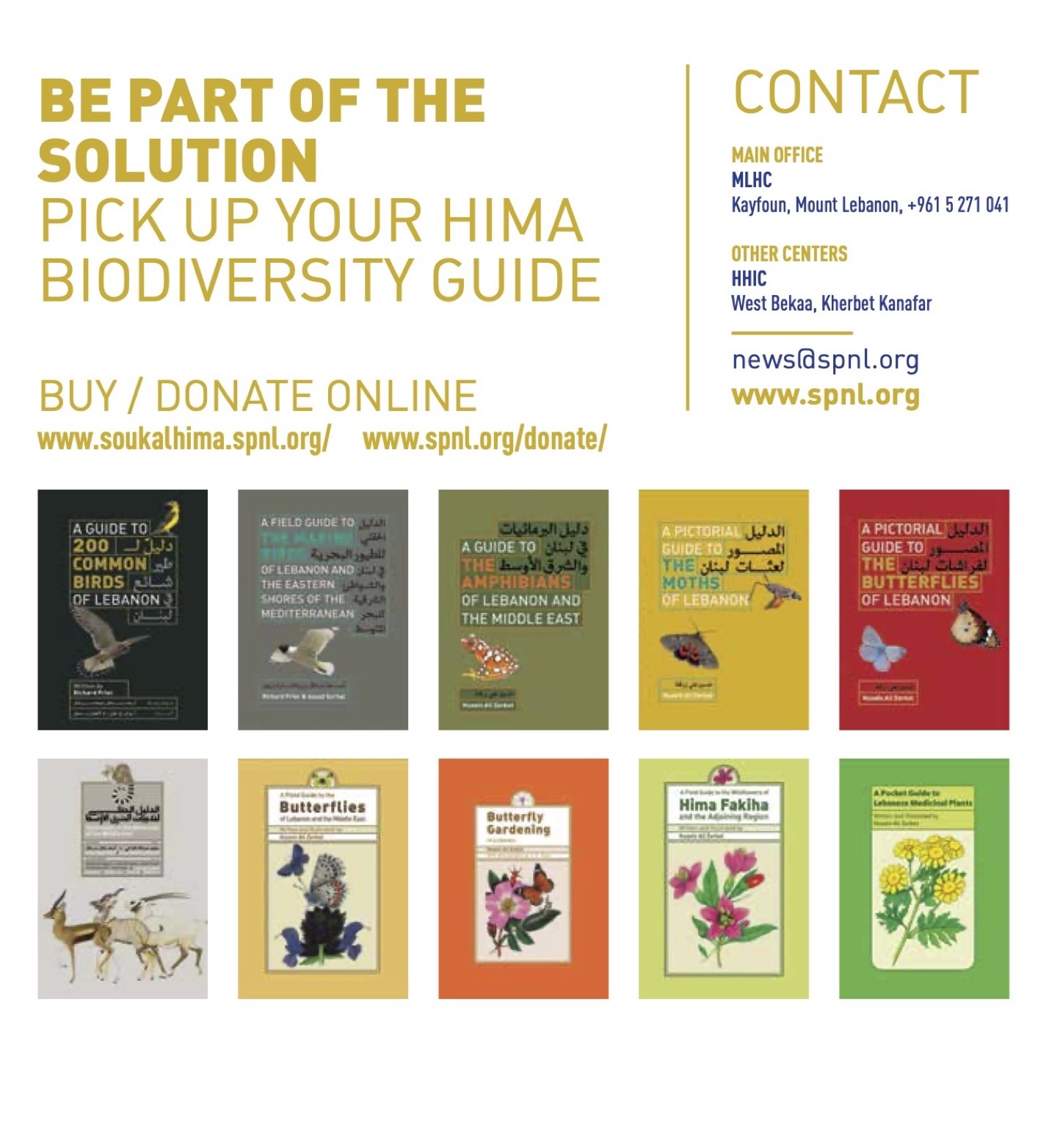Unlawfully shot, trapped or glued: tens of millions of birds are being killed illegally each year across the Mediterranean, according to the first scientific review of its kind to be carried out in the region by BirdLife International.
BirdLife and Partners have uncovered the shocking extent to which a number of species are being decimated, putting together a list of the ten countries with the highest mean number of birds being illegally killed annually.
Located on the second most important avian flyway in the world, Lebanon is a strategic location for migratory birds. Unfortunately, widespread problems with the illegal killing of birds exist across the country. Normalized in society, illegal shooting and trapping has become an extremely popular pastime in Lebanon. As a result, the mean estimated number of illegally killed birds in Lebanon is more than 2,600,000 annually. The estimated mean number of individual birds killed illegally is 248 per square kilometer each year. There are 327 species of bird occurring regularly in Lebanon, with around 59% of these being killed illegally in significant numbers. A law on hunting was finally agreed on in 2004 after years of delays, although it was more than a decade before application decrees were then announced in 2012. As a result of the unclear legal situation, amateur shooters lacking the skills of those more experienced hunters are illegally killing birds across the country. In fact, an estimated 400 people die each year due to their lack of expertise. New methods for mass killing of birds are being used in the country, such as song playback devices, mist-nets and bright lights at night to attract birds into traps. Common Quail (Coturnix coturnix), Calandra Lark (Melanocorypha calandra) and Blackcap (Sylvia atricapilla) are killed in large numbers.
Irresponsible illegal killing and trapping in Lebanon is thought to be one of the main factors behind the decline of many migratory bird species in Lebanon. The Society for the Protection of Nature in Lebanon (SPNL, BirdLife in Lebanon) and its partners have been tasked by the government with the responsibility of setting the scene for the implementation of the new hunting law.
As for culture, the Eastern Mediterranean has a long tradition of hunting birds—stretching back to the Pharaohs in the case of Egypt. “Birdhunting”, says Assad Serhal (Director General, Society for the Protection of Nature in Lebanon; SPNL, BirdLife in Lebanon), “is socially accepted in our country”, as it is in others across the region. Serhal reckons there may be as many as half-a-million active hunters in Lebanon: this translates to one-ninth of the population. With so many hunters among the electorate, it would seemingly take a politician as rare as a Northern Bald Ibis to make a stand against the practice. In the region, birds are hunted for food, fun and finance. “In Lebanon”, says Serhal, “passerines are mainly targeted for sale to restaurants or for personal consumption.
Serhal has found an ideal solution to implement the hunting law, which is in limiting hunting within specified Public areas in several Lebanese regions, owned by the municipalities. He added that they must be clearly defined and surrounded by guards, in order to ensure secure and controlled entry for hunters, and to ensure their departure with the allowed numbers of hunted preys, as provided by law, in a way that allows the punishment of the violators. The establishment of customized Responsible Hunting zones in Lebanon is an attempt to achieve a balance between the needs of wildlife, and people’s needs, using the best available knowledge, in order to ensure safe hunting, in addition to the possibility of limiting it to the plentiful available numbers of preys within the site. The Responsible Hunting zones, however, are based on scientific studies, to ensure the hunters’ security and safety, and the prey species’ sustainability, through a series of precautionary measures and ensuring the proper management and the enforcement of the hunting law. Serhal emphasizes that the Responsible Hunting zones allow the hunting of preys within the legal limit, and under the local community’s supervision, which is represented by the local authority, the municipality. Also, the management within the responsible hunting zones relies on specialties like mathematics, chemistry, biology, ecology, climate and geography, to ensure the best results. The Responsible Hunting areas also contribute in reducing the losses in land biodiversity, taking into account the environmental principles such as stamina, natural geography, soil science and hydrology, in order to achieve a balance between the needs of wildlife and people’s needs.
Although countries currently hit by conflict, such as Syria and Libya, feature high in the rankings, some European nations also fare poorly.
Located on the same important flyway as Lebanon, the lack of enforcement of hunting laws in Syria, is making it an ideal place for illegal hunters from around the region. Hunting has always been a traditional pastime; however, it has now become widespread and indiscriminate. In general, there has been a severe decline in the number of wild animals in Syria. An estimated 3.9 million birds are reported to be killed illegally in Egypt on average each year,
A hunting ban exists in the country, but lack of enforcement has led to a new generation of amateur shooters who lack basic hunting skills and ethics and do not respect good hunting practice and etiquette. Rather than being a problem in specific areas, illegal killing of birds is a countrywide issue. Blackcap (Sylvia atricapilla), Common Whitethroat (Sylvia communis) and Eurasian Skylark (Alauda arvensis) are killed illegally in large numbers.
Birds are killed illegally for food, which is sold in markets; they are caught to be kept as cage pets and in many cases, killed for ‘sport’. Raptors are illegally traded for taxidermy, and falcons are traded to neighboring countries to be used in falconry.
An estimated 5.7 million birds are reported to be killed illegally in Egypt on average each year, arguably making this country the most dangerous place for migratory birds in the Mediterranean. Indiscriminate hunting has become commonplace in Egypt, with a large number of migratory species caught as illegal incidental catches during legal trapping of Quail. House Sparrow (Passer domesticus), Common Coot (Fulica atra), Red-backed Shrike (Lanius collurio) and Eurasian Golden Oriole (Oriolus oriolus) are illegally killed in large numbers.
The legal framework in place to regulate trapping and even legal hunting is complicated and not always fully understood by trappers and hunters. Illegal practices are widespread along three quarters of the country’s northern coast, illustrating the extent of the problem. Some areas are particularly badly affected by the illegal killing of birds because of their geographic importance in attracting large numbers of birds that have just crossed the desert or the sea. The El Manzala region on the Nile Delta is one of the three worst areas in the Mediterranean for illegal killing of birds.
Illegally caught birds are served in markets and restaurants across Egypt. Nature Conservation Egypt (NCE, BirdLife in Egypt), the Egyptian government and the African-Eurasian Waterbird Agreement (AEWA) have agreed on an action plan to tackle illegal killing in the country. This plan also aims to clarify the complex legal points surrounding hunting legislation and to raise awareness among local communities of the impact of illegal killing.
Italy (where 5.6 million birds are estimated to be killed illegally annually) is second only to Egypt in the estimated mean number of illegal killings each year, with the Famagusta area in Cyprus the single worst location in the Mediterranean.
Other European countries featuring in the top 10 are; Greece (mean estimate of 0.7 million birds killed each year), France (0.5 million), Croatia (0.5 million) and Albania (0.3 million).
Despite not ranking in the top 10 overall, Malta (where 108,000 birds are estimated to be killed illegally each year) is still seeing the region’s highest figure for the estimated number of birds illegally killed per square kilometer.
The review also exposes some of the cruel methods of killing used across the Med, including illegal shooting, catching in nets, gluing to branches and the use of recordings of bird sounds to lure different species to illegal trapping locations.
The report estimates that Eurasian Chaffinch comes top of the ‘kill list’ (an estimated 2.9 million are killed each year), with Eurasian Blackcap (1.8 million), Common Quail (1.6 million) and Song Thrush (1.2 million) making up the rest of the top four.
A number of species, such as Eurasian Curlew, already listed as ‘Vulnerable’ on the International Union for Conservation of Nature’s Red List are also in danger.
The review’s publication comes ahead of Birdfair 2015, taking place at Rutland Water Nature Reserve in the UK this weekend.
 BirdLife International CEO, Patricia Zurita, stated: “This review shows the gruesome extent to which birds are being killed illegally in the Mediterranean. Populations of some species that were once abundant in Europe are declining, with a number even in free-fall and disappearing altogether.”
BirdLife International CEO, Patricia Zurita, stated: “This review shows the gruesome extent to which birds are being killed illegally in the Mediterranean. Populations of some species that were once abundant in Europe are declining, with a number even in free-fall and disappearing altogether.”
“Our birds deserve safer flyways – concluded BirdLife’s CEO – and we want conservation efforts to be increased now, before it’s too late.”
In a meeting for Birdlife International meeting & Lunch for fundraising , during the Bird Fair devoted for Rare Bird Club ( RBC ) members .Patricia welcomed Assad Serhal , as the new member to RBC , and thank him for his generous donation , and he was presented by a painting for the Globally Threatened Syrian Serin .







